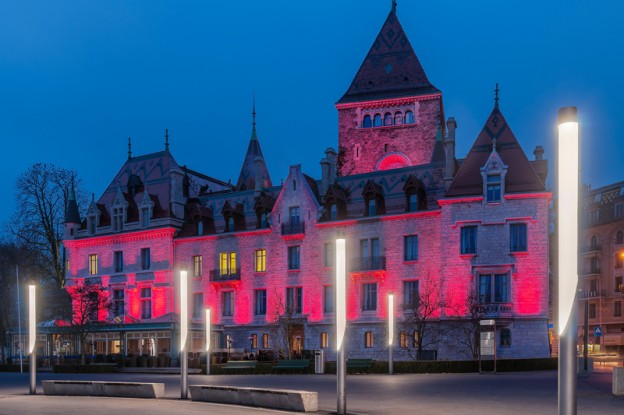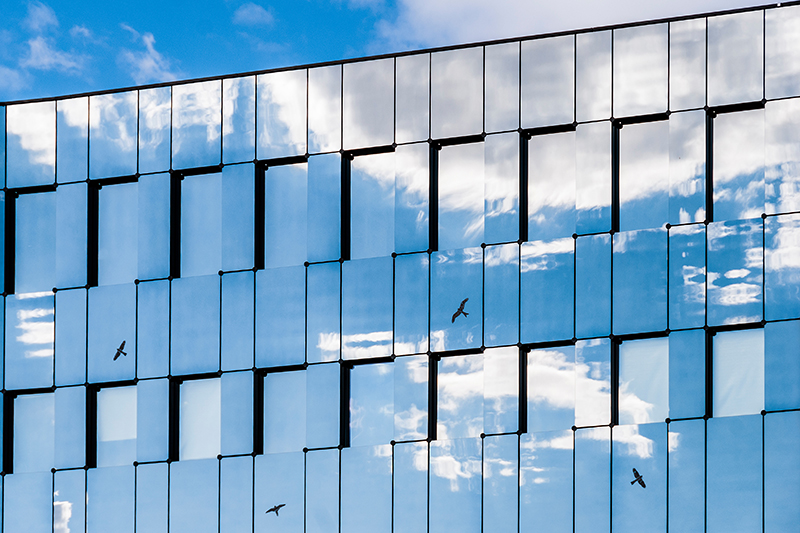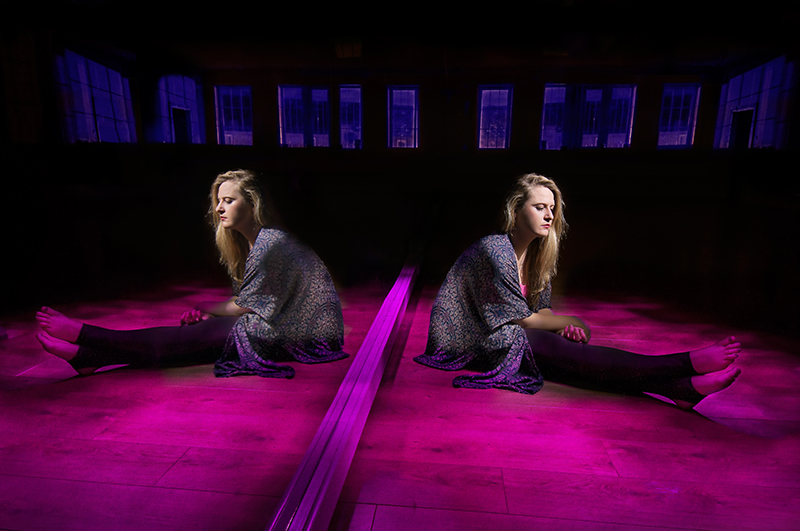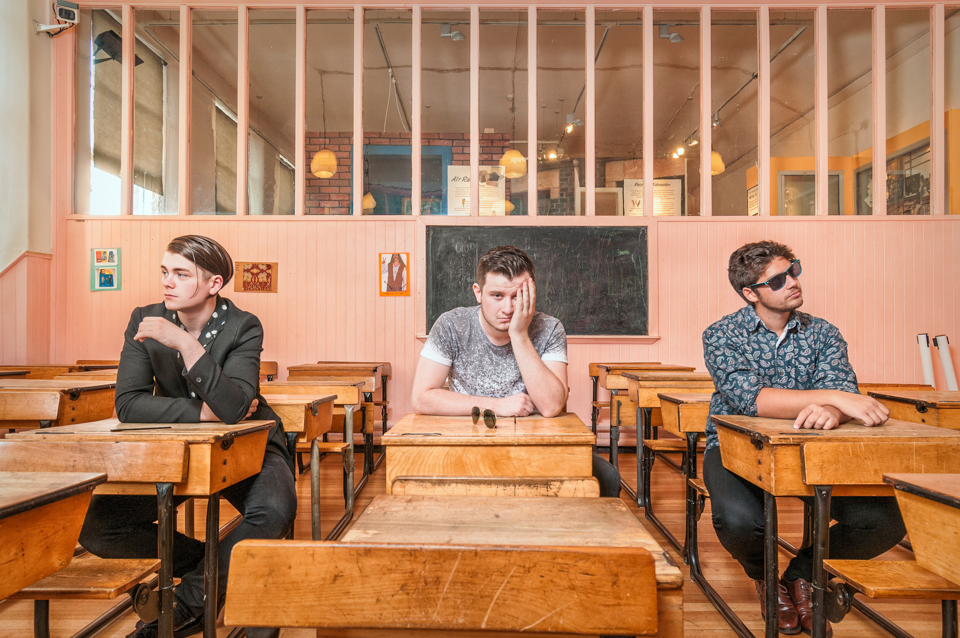If you are looking to photograph cityscapes with vibrant colours, you should wait for the night to fall. But when I say ‘night’, I really mean wait for ‘the blue hour’. That time of day is after the sun disappears and before the sky turns black. The best time for photography during the blue hour can depend on the season and your geographical location, and definitely doesn’t last an hour.
At this time of day, the fading light from the setting sun roughly matches in intensity the man-made city lights. And the sky turns a deep shade of blue, regardless of the weather. The photograph of the Chateau d’Ouchy (Ouchy Castle), a hotel in Lausanne, Switzerland illustrates this.

Earlier in the day, the ambient light coming from the sun dominates and the sky is too bright relative to the buildings. You either get an overexposed, washed out sky, or underexposed, dark buildings.
And after the blue hour, the artificial city lights dominate as the sky turns black. The scene is usually too contrasty for a digital camera to handle well. Although it is possible to use several exposures blended together in software to achieve good results. It is a personal choice, but I tend to prefer a deep blue sky over a completely black one. The photograph of the Lausanne Cathedral is an example where multiple exposures were used to achieve the final result. The scene was too contrasty because the sky is very dark shade of blue and the street and building lights much, much too bright relatively speaking. It was a bit after the optimal time for photography, but it still works in my opinion.

Interestingly enough, balancing two quantities to get something striking also happens in physics. In the quantum realm, particles behave like waves, and thus have a wavelength. In liquid helium 4He, when the average wavelength of the helium atoms becomes comparable in magnitude to the average distance between the helium atoms, the system undergoes a transition to a superfluid state, a totally new state of matter.
Share this content on




